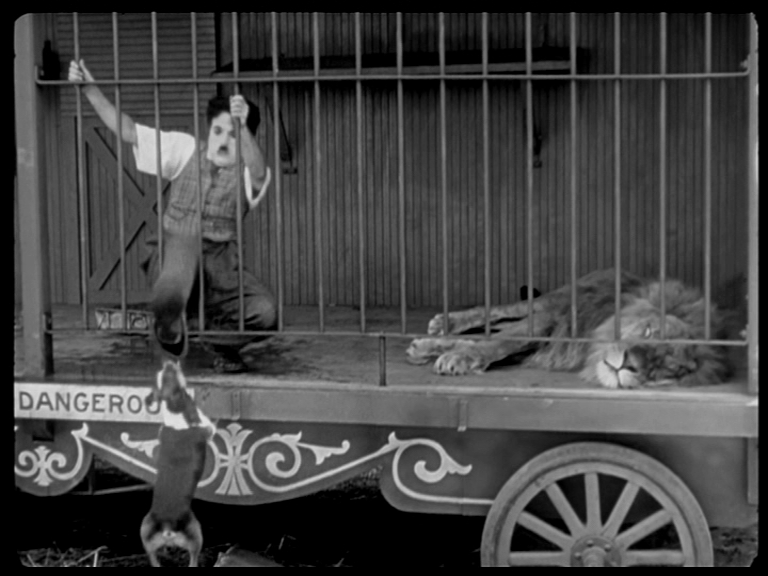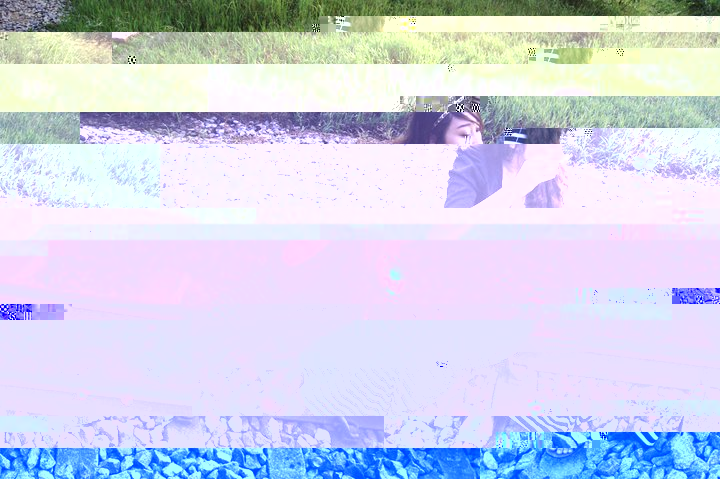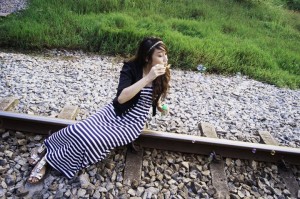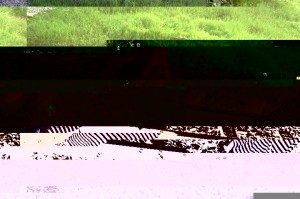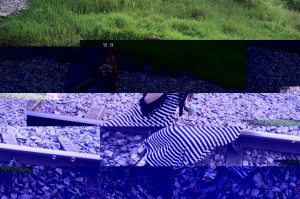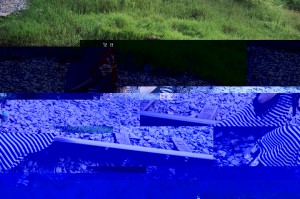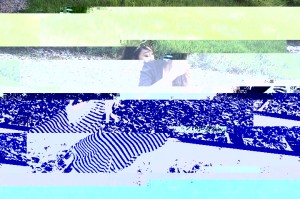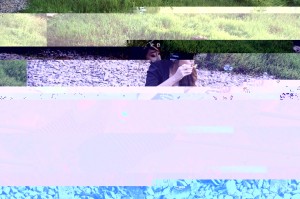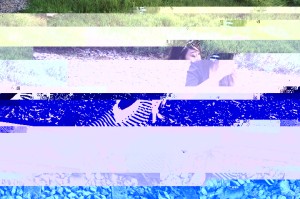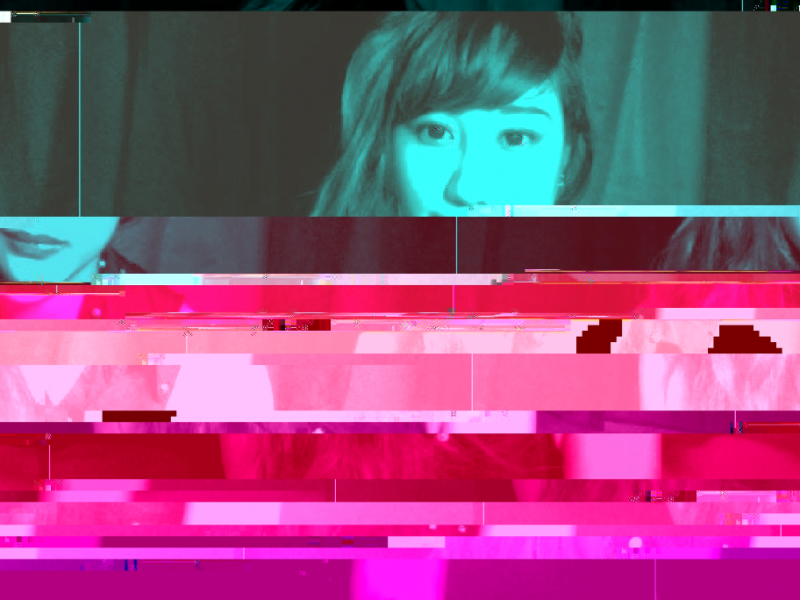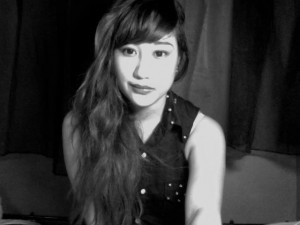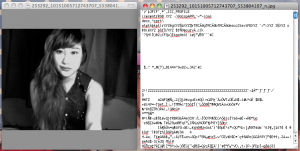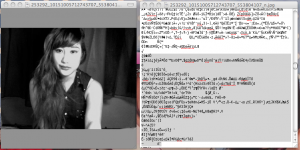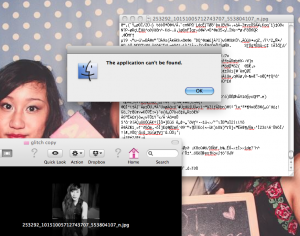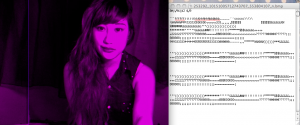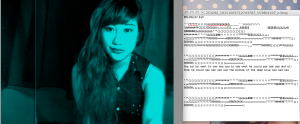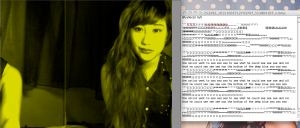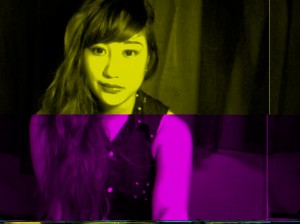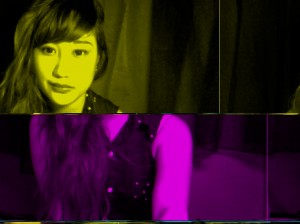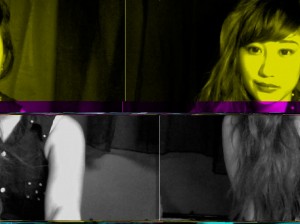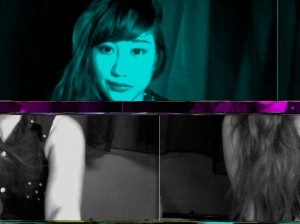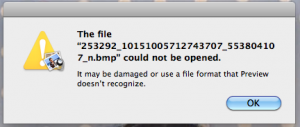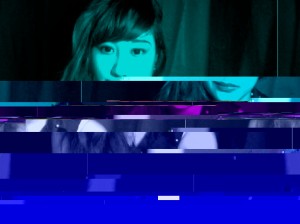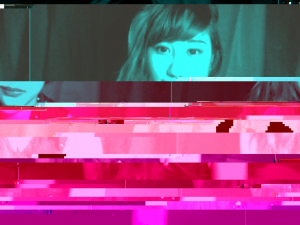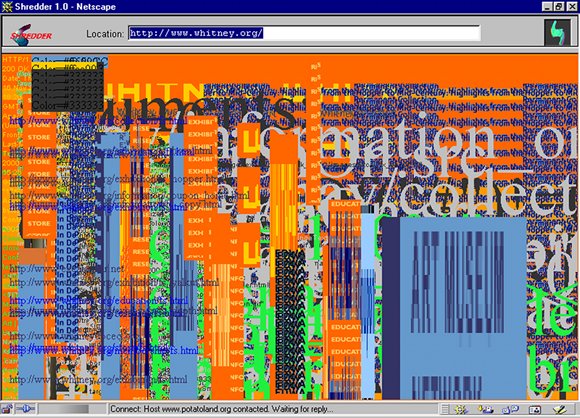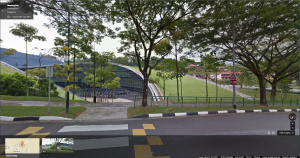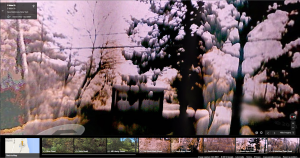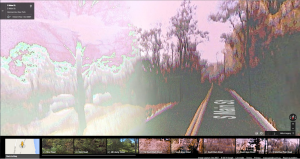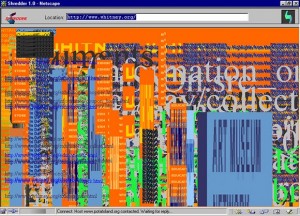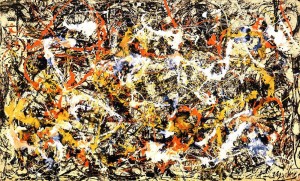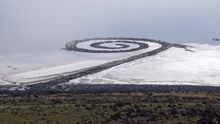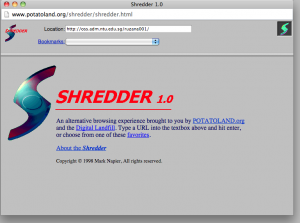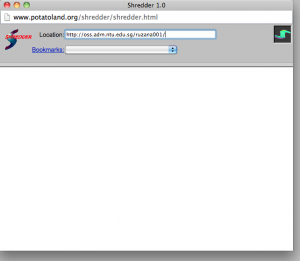In Internet Art & Culture in Semester I, I felt like I merely dipped my toes in the idea before the semester ended and unfortunately, so did my endeavor with face-swapping. In Swappie, I swapped the faces of my friends on the Internet and compiled it in this tumblr site and the Swappie Facebook Group and had so much devious fun reading and watching reactions from friends and mutual friends online. The responses I received were mostly positive; with people requesting more and people submitting their own photos to be swapped by me. Due to the anonymity blanket the Internet provides, I was able to create some form of mystery as to who was grabbing and posting all these photos and it became a talking point in ADM. I joined the Media & Performance class in Semester II in hopes of taking the idea of the Swappie a step further.
I personally feel that it is what we experience through the senses that makes life meaningful. In fact, it can be said that what is experienced through the senses is life itself. The two senses, seeing and hearing, forms the basic fundamentals of life and living. Impressions obtained through these two senses in my opinion are essential to a performance. To get my point across, please enjoy this video of Charlie Chaplin in his Lion’s Cage silent comedy. The use of orchestra music creates the dramatic effect of him being stuck in a cage with a dangerous animal.
Now, watch the video below where the sound has been edited to feature some sound effects and song cuts that had nothing to do with the clip. (eg when the lion is shown sleeping we hear “soft kitty, warm kitty, little ball of fur”, this gives and invokes in us a different impression and feeling as to being stuck in the cage with the animal.) This isn’t the best example but I chose this clip for the sake of explanation 🙂
The idea of a performance piece is to pre-plan the experience; to arrange the sound effects and the music that accompanies the piece. However, in Swappie 2.0: Sound Edition (haha!) The idea is to pair a video with an inappropriate sound that alters the user experience and impression of the video altogether. You won’t know be able to predict the sound that might accompany the clip (although your mind already knows what it expects to hear; ie: a gun goes bang)
In the same way, in my Pixel8 Disembodied Max Video Project, you react differently to it from 0:01 – 0:05 when there is no sound and when sound is introduced after that. As the Super Mario game sounds were playing, your mind associates my video with a 16-bit game. Without the addition of sound, the video would not have made “as much sense”. This is due to the fact that sight and sound often go together, in media and performance and also in tv and internet culture. Thus, I would be thrilled to embark on a journey of sourcing short video clips and edit the sound that goes with them into a compilation – probably through vimeo, tumblr or vine.

